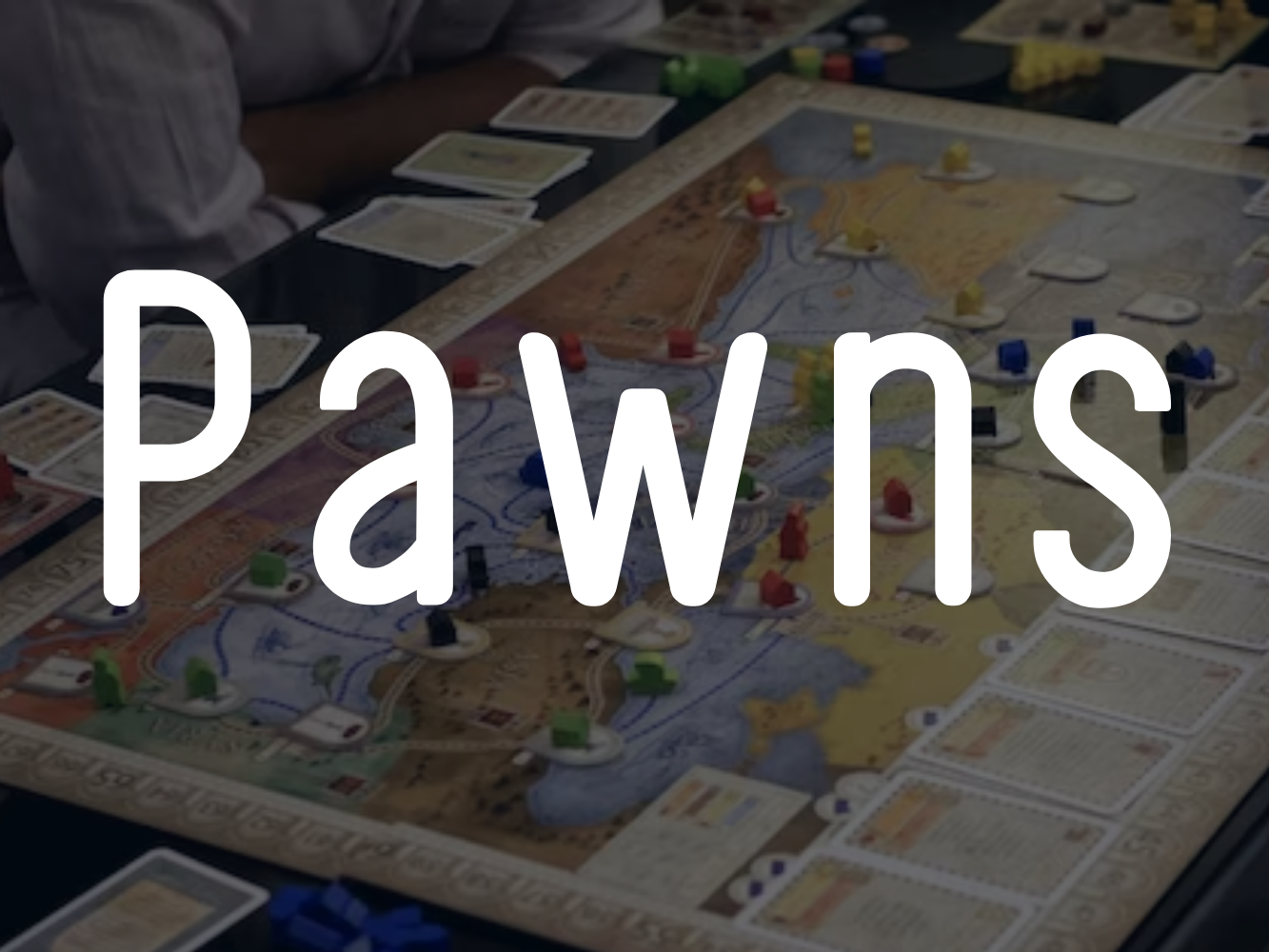We are always on a quest to find ourself. With our own story in this world!
That is what makes everyone unique and our story of life is what makes us who we are.
Individuals form a society and societies form into communities and communities form nation.
And India is a land filled with diversities and culture.
While some are largely identified, some just remain unidentified.
This is a board game inspired by the story on the tribe called banjaras.
Origin
Though the challenging rocky mountains of Afghanistan came the banjaras to Rajasthan as salt traders. Since they didn't have their own identity people started calling them Lambanis' which literally means 'salt traders'. They were friendly and attracted people through their unique way of curing diseases that is through salt. They had different kinds of salts which they used to cure different diseases. They were traders more than 'salt traders'. So they gradually turned into traders and by this they stopped trading salt and they started trading grains and army supplies.
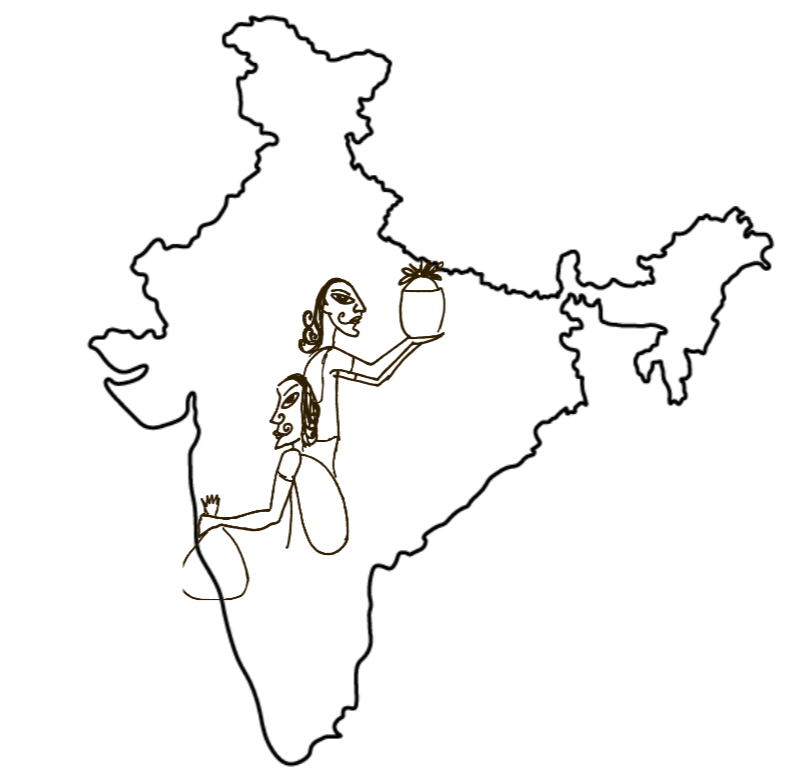
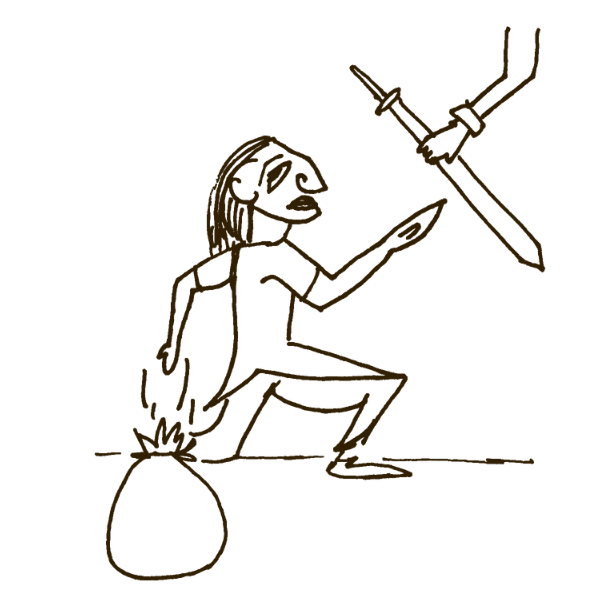
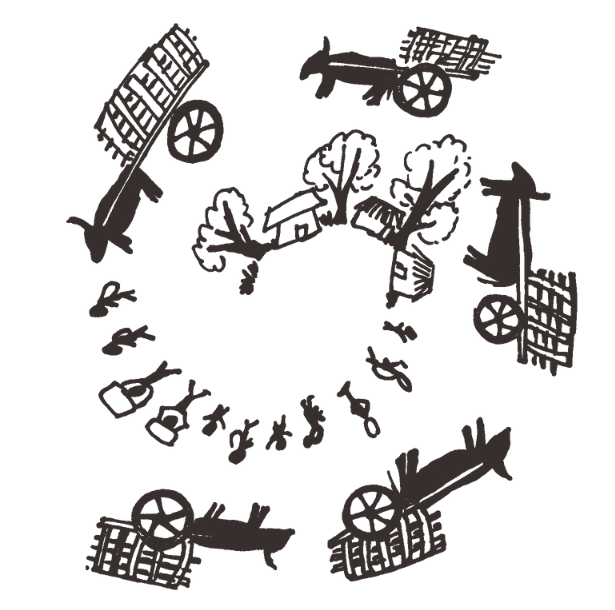
Initially concentrating trade in Deccan Plateau and Delhi, some aligned with Mughals in the north, becoming warriors, while others expanded southward. Legal measures prompted settlement among certain groups.

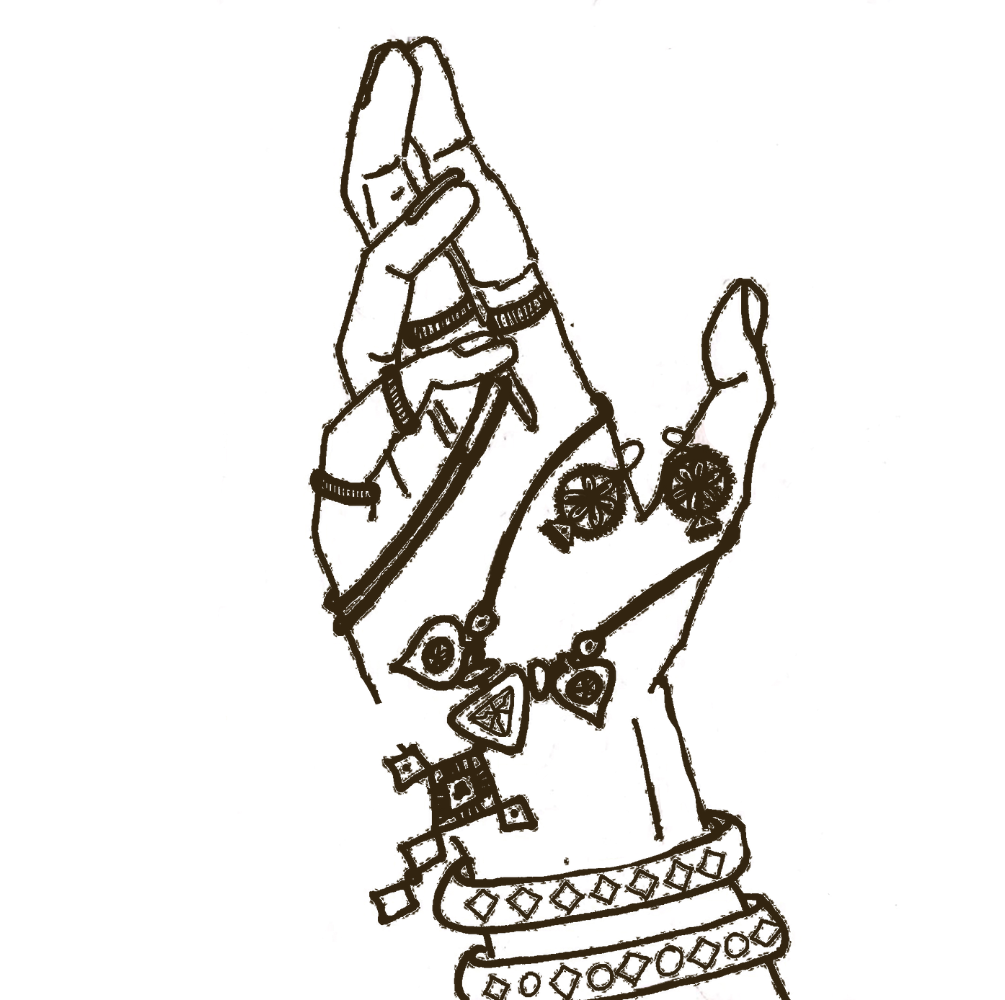

Some Lambanis settled as farmers in mountainous, hilly, and forested areas. Lambani women crafted unique jewelry from animal threads and bones, inspiring widespread admiration. Their distinctive designs gained international recognition, earning them geographical indication (GI) status.
Board game
"The Banjaras: A Journey Through Time" is a captivating board game for up to four players, chronicling the saga of the Banjaras from their origins in the rocky mountains to their expansion across plains and coastal regions. The game unfolds across three immersive levels:
Level 1: "The Journey" - Players engage in a building game, symbolizing the Banjaras' traversal through treacherous mountain terrain, employing stacking as a core mechanic.
Level 2: "The Struggle for Survival" - This level demands strategic prowess as players navigate the challenges of survival, mirroring the Banjaras' relentless fight for existence amidst adversities.
Level 3: "The Settlement with Agriculture" - Delving into the intricacies of planning, players strategize to establish settlements and cultivate agricultural resources, reflecting the Banjaras' transition towards stability and prosperity.
The ultimate goal is to persevere through all levels, culminating in leadership as the sole survivor and victor of the Banjara legacy.
Game Cards
The game commences with a narrative showcasing diverse tribal lifestyles. Eight character cards feature an equal distribution of four girls and four boys, each categorized according to their parents' professions. Representing the four primary societal roles among the Lambanis - Businessmen, Traders, Farmers, and Laborers - the character cards depict children from various occupational backgrounds within the tribe.




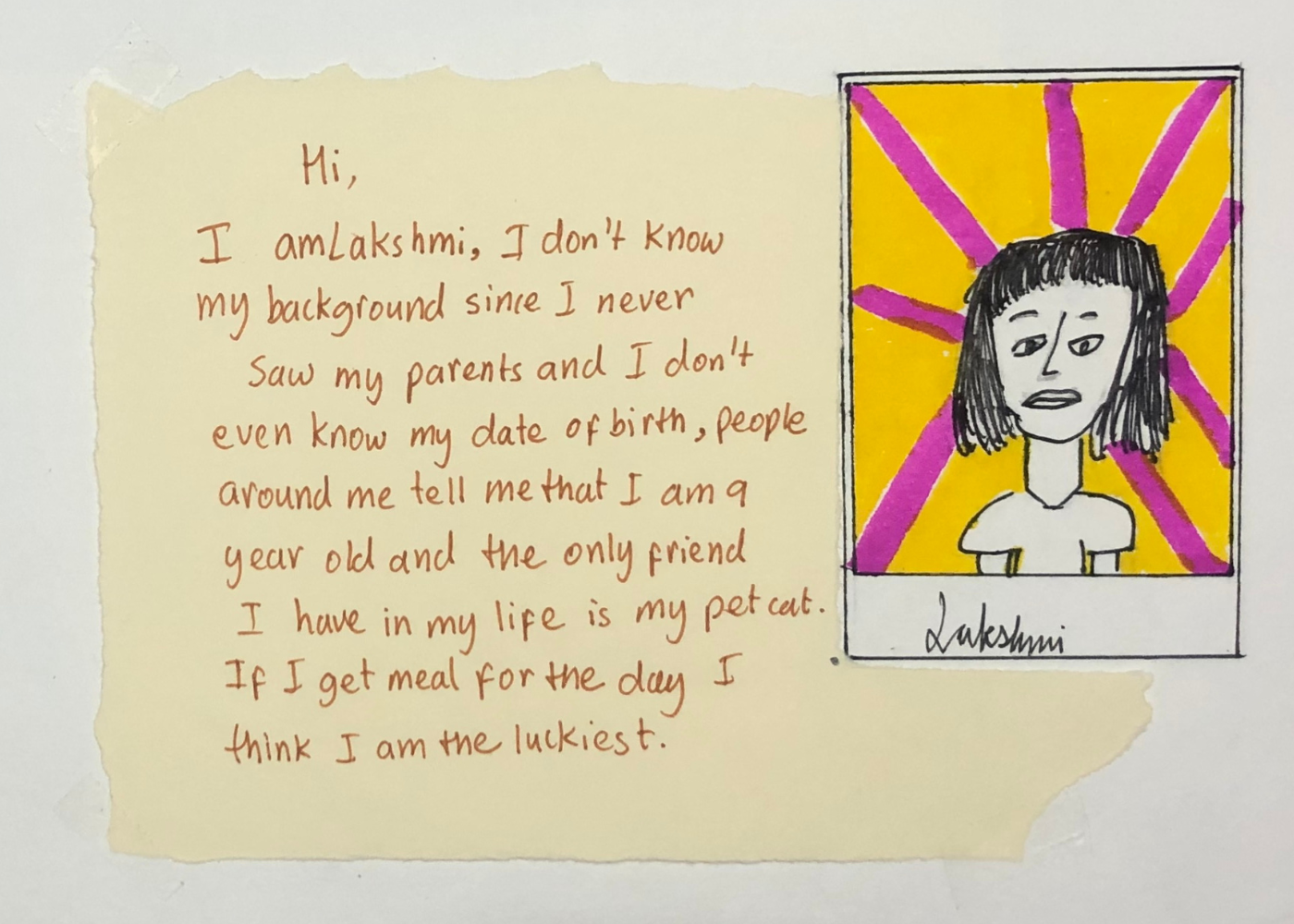



Working of board game
Featuring three levels, the board folds to its smallest form, gradually expanding to a single face for the final game. Maintaining a rustic aesthetic, the board is adorned in dark beige hues, transitioning between brown and white to uphold its rustic charm. This versatile folding mechanism streamlines maintenance by eliminating the need for multiple boards.
Level 1
In level 1, players construct a tower and top it with a marble; the first to succeed wins, earning bonus credits for level 3. The game centers on stacking sticks based on the rolled dice, where equilibrium is crucial.

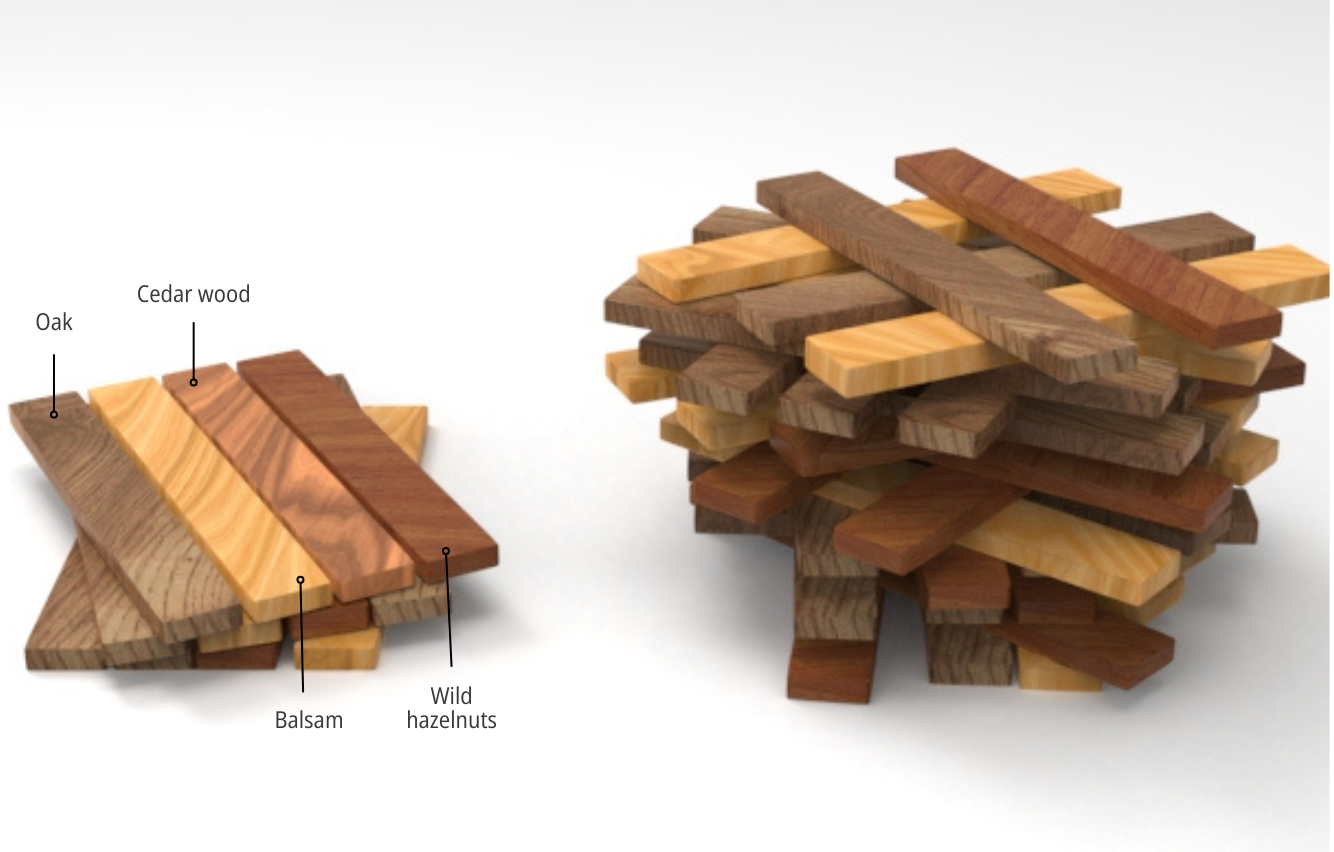
Stack of wood being used while playing
The journey from eastern Afghanistan to India traverses dense coniferous forests, where the timber's texture is derived from the prevalent trees indigenous to the region.
Dice
The outcome of the dice determines the selection and positioning of wooden logs. Should a player roll a face devoid of wood textures, a decision regarding the addition or removal of a log is deferred until the subsequent turn.


Dice faces
Level 2
At Level 2, players form two teams with the primary goal of outmaneuvering opponents to gain positional advantage. Drawing inspiration from Chinese checkers, victory is achieved by strategically eliminating opposing pieces. The game comprises a board, a 10x10 grid featuring triangular patterns, and pawns, consisting of four distinct varieties, each with eight pieces, governed by a set of rules.
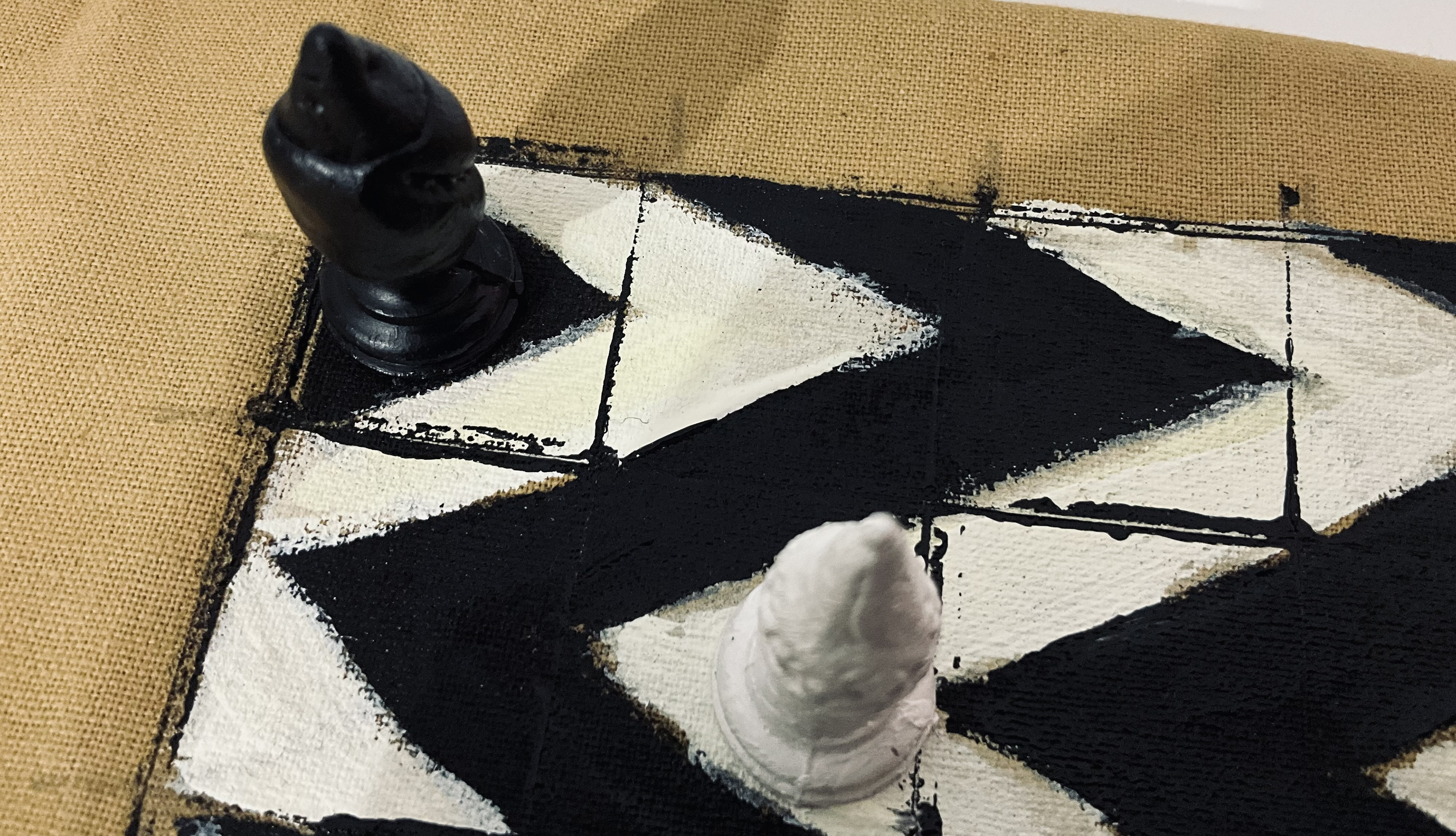

View of the board with pawn with board layout
Pawns
The pawns are taken inspiration from the weapons used by the deities the community worship.
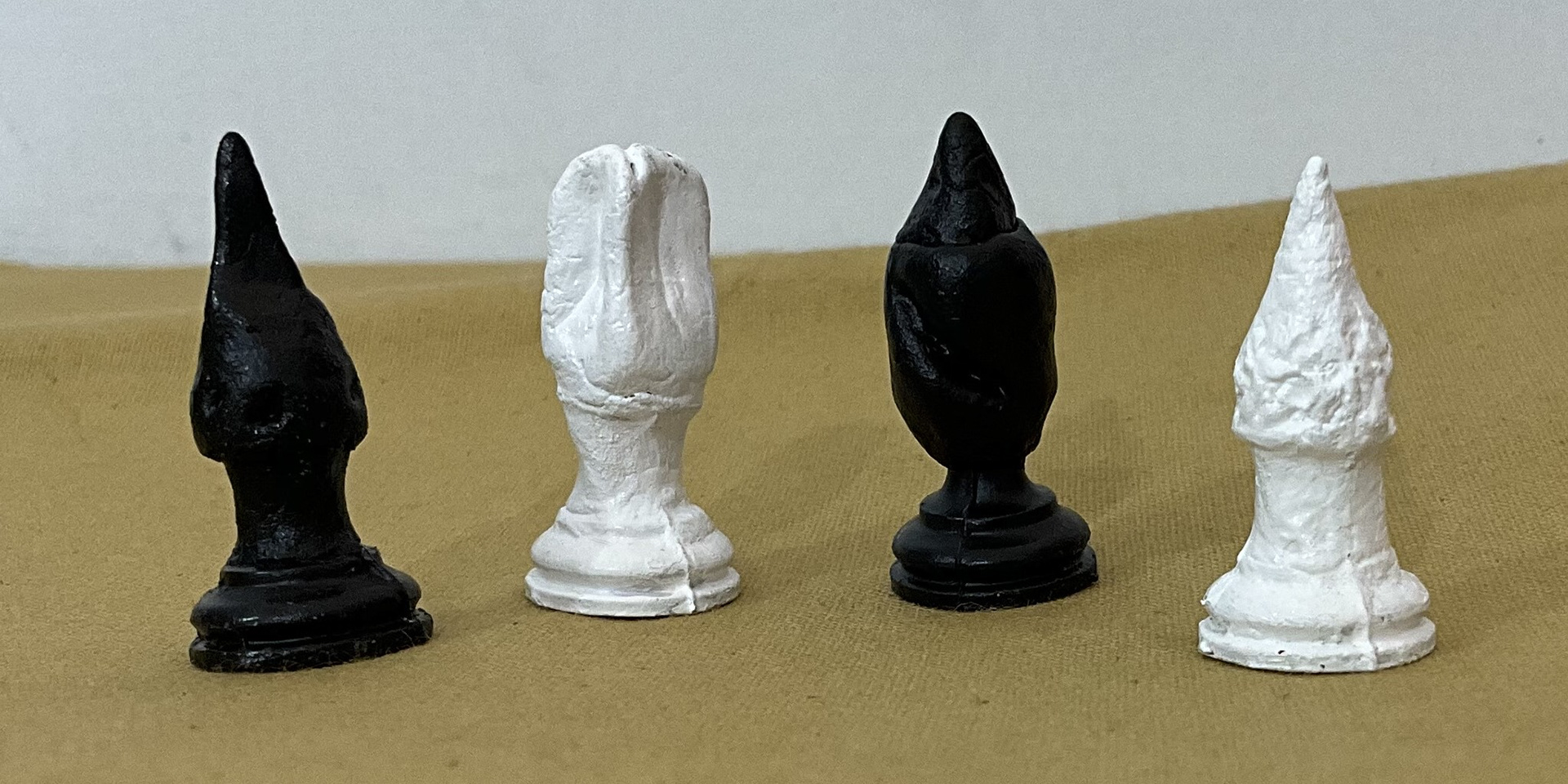
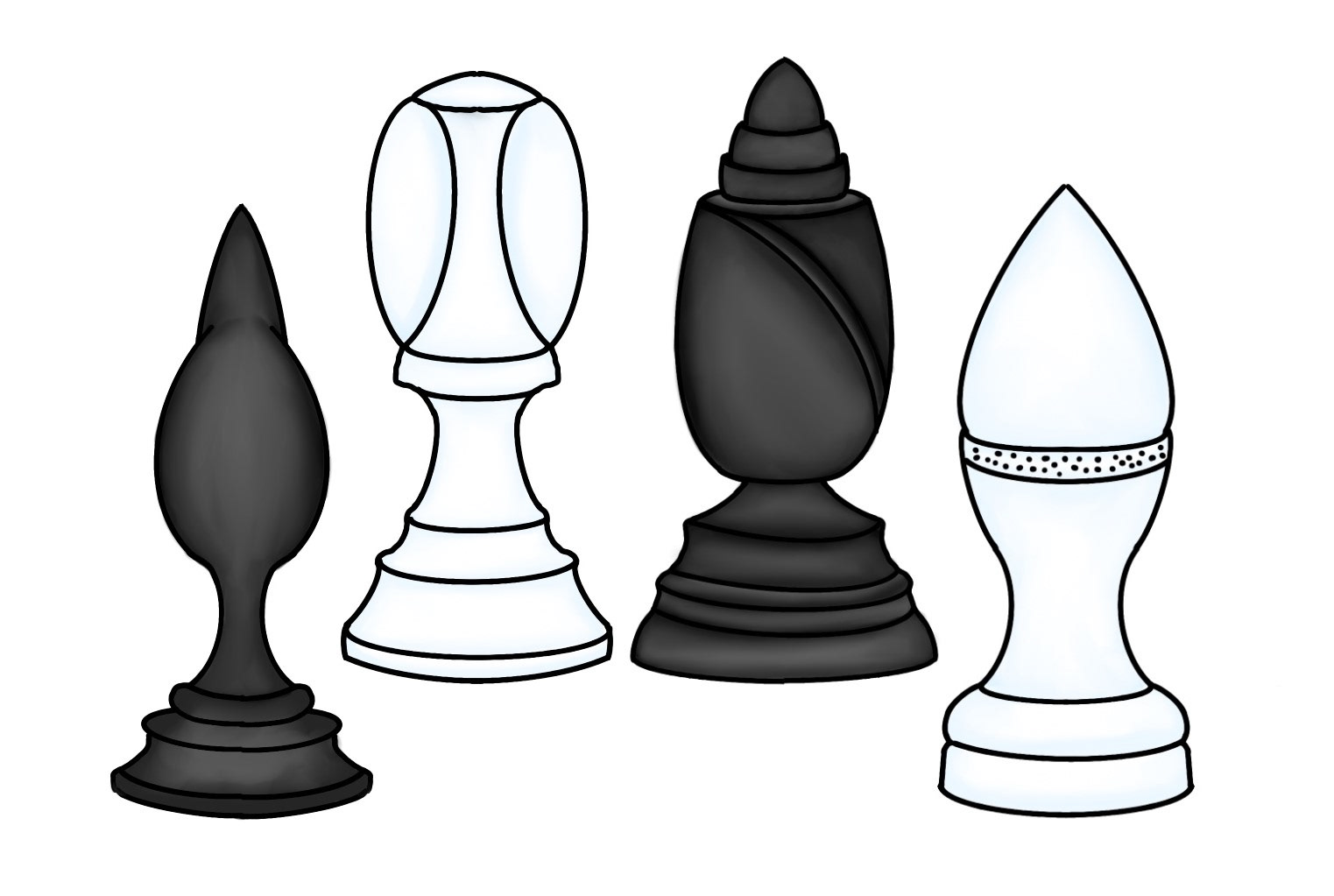
Level 3
In this level the winner is decided. And the whole credits gained in the previous game can be used now. The moves of the player is decided by the well and a coin.
Close up view
Yellow pawn in safe spot Well view Coin flip that moves the pawn
Well
The well features dual openings, denoted by red and black sections, for card placement. A player selects a card, its color determined by a coin toss, then executes pawn movements based on card instructions.



Well with cards Well side view Well with cards side view
Pawns
In this traditional game, pawns symbolize both genders within the tribe, with each color set comprising four pawns, totaling sixteen. Victory is achieved by guiding all pawns to the central well, making the first player to do so the winner.
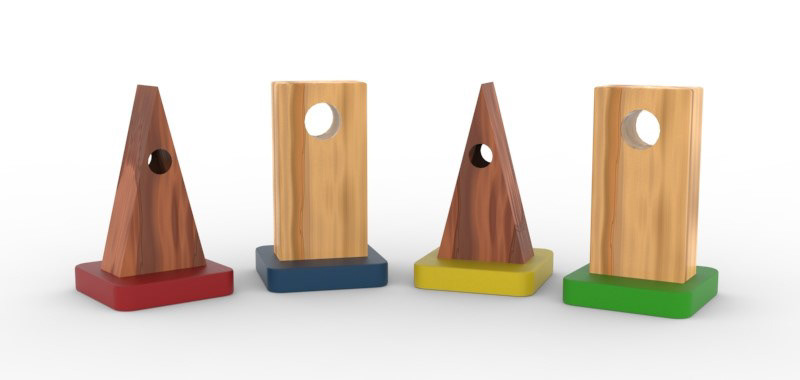

Other components
Additional components comprise a coin for color selection—bronze or copper, reflecting the metals utilized by the Banjaras. Cards feature dual hues, each corresponding to specific instructions dictating pawn movements. Housed within a well, these cards are segregated into two compartments for organization.


A coin that decides the card. The card with instructions.








